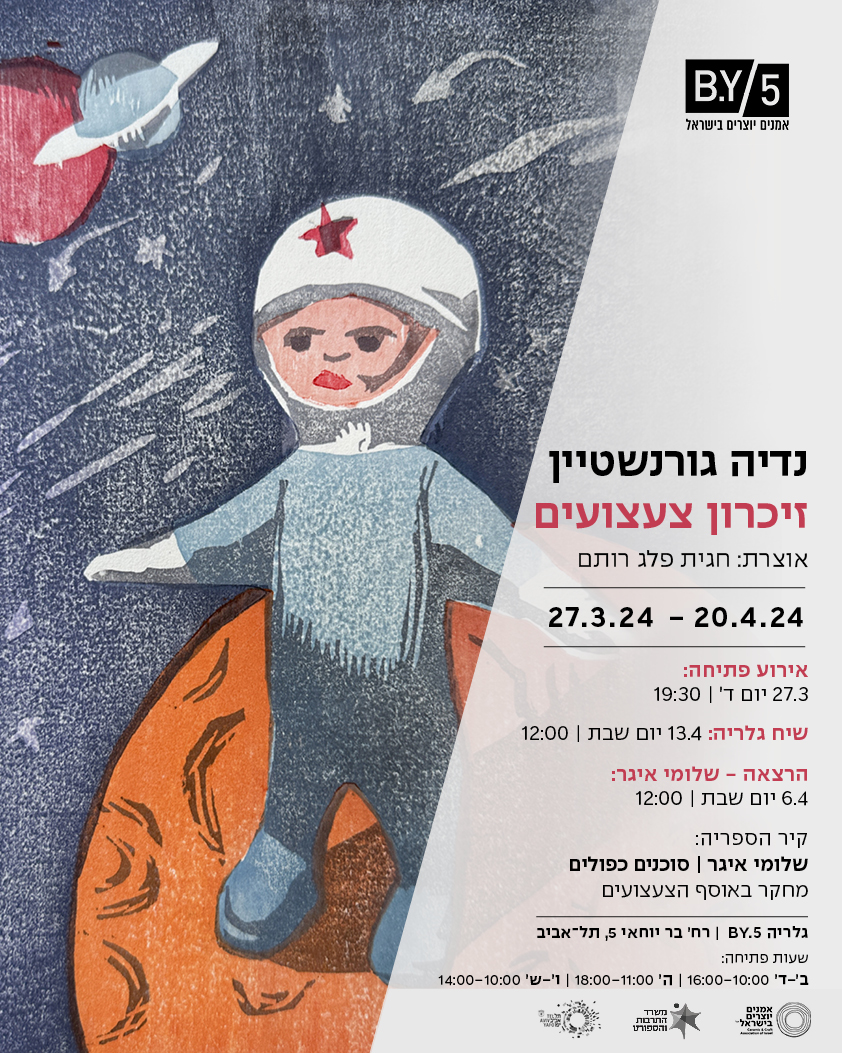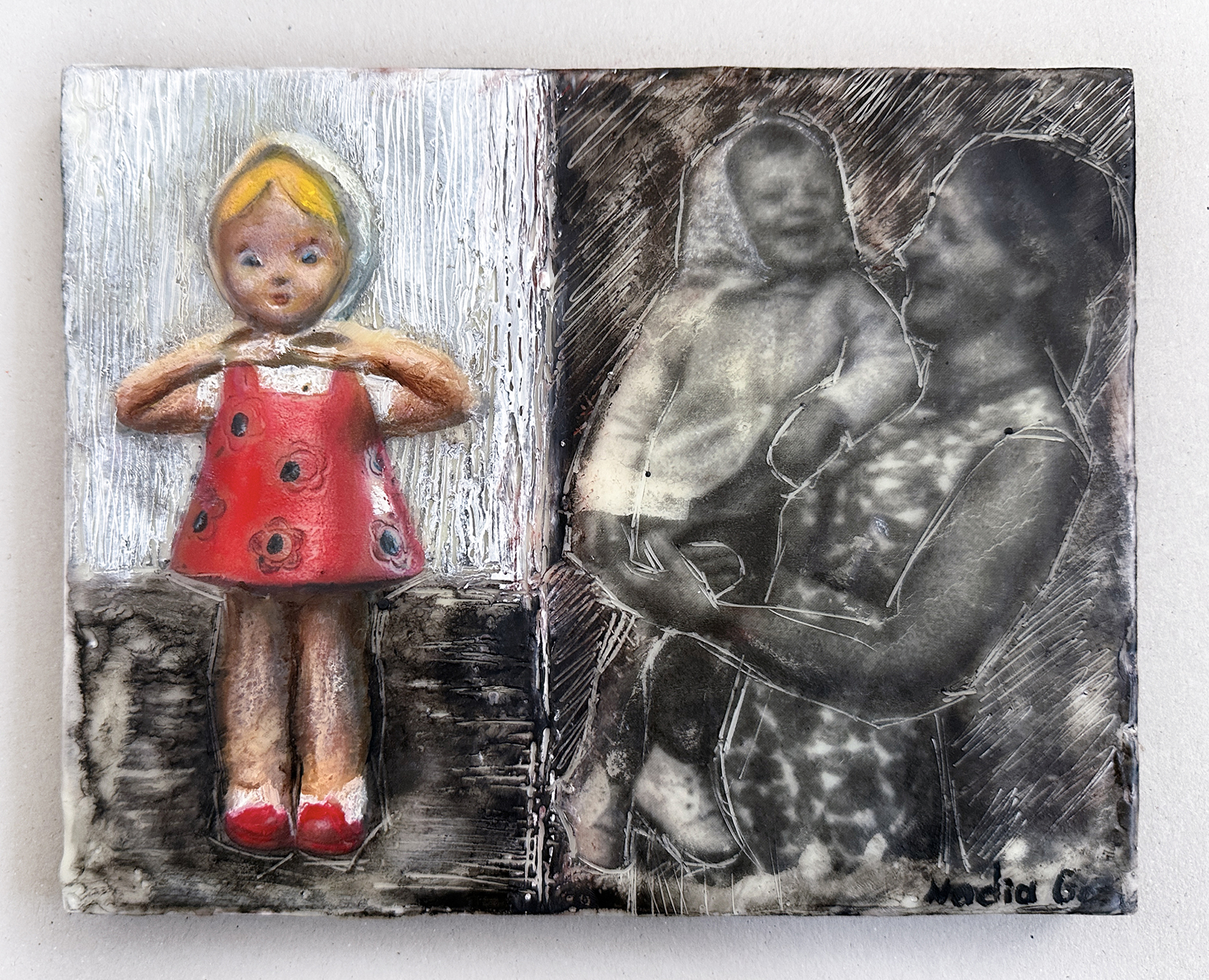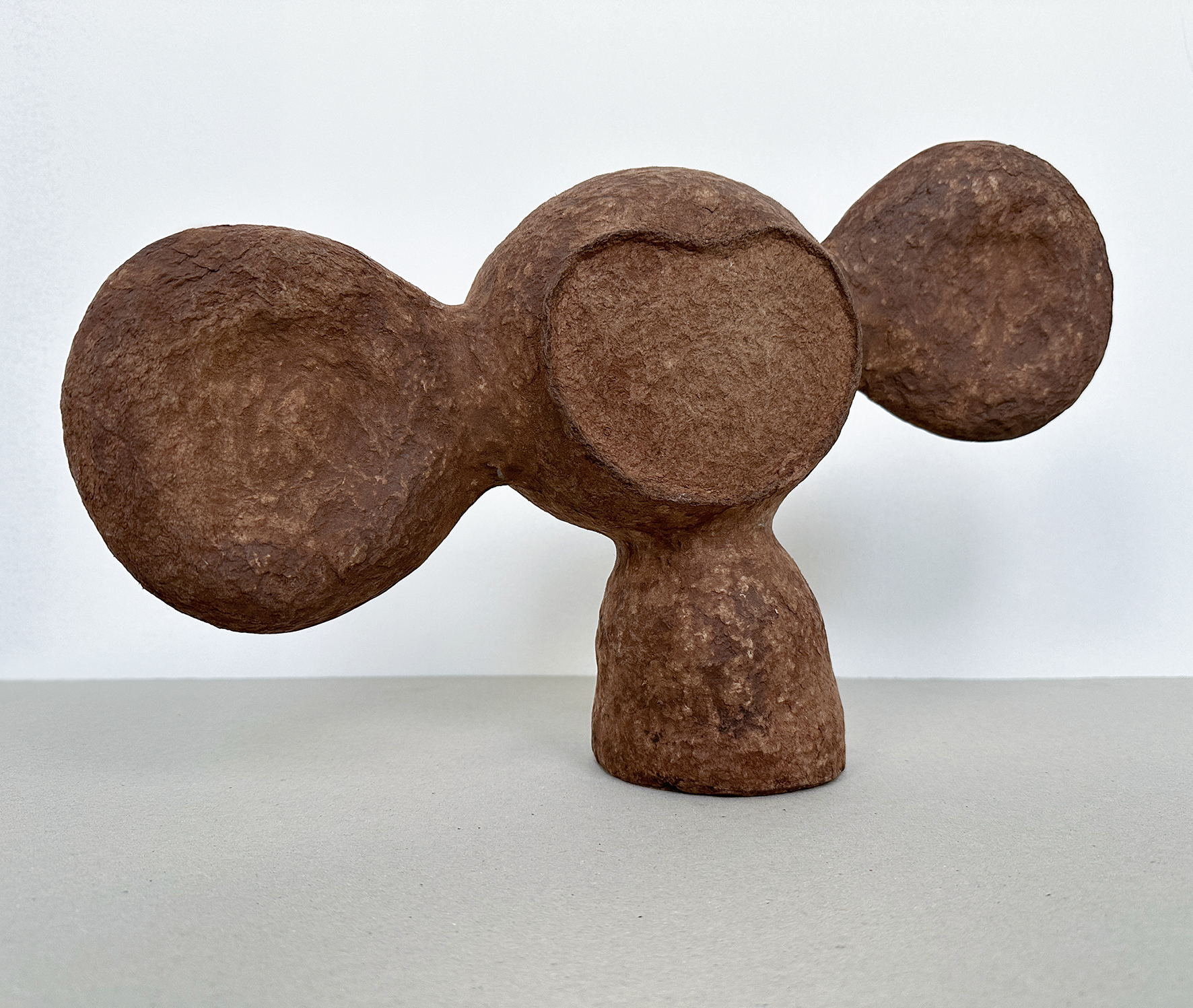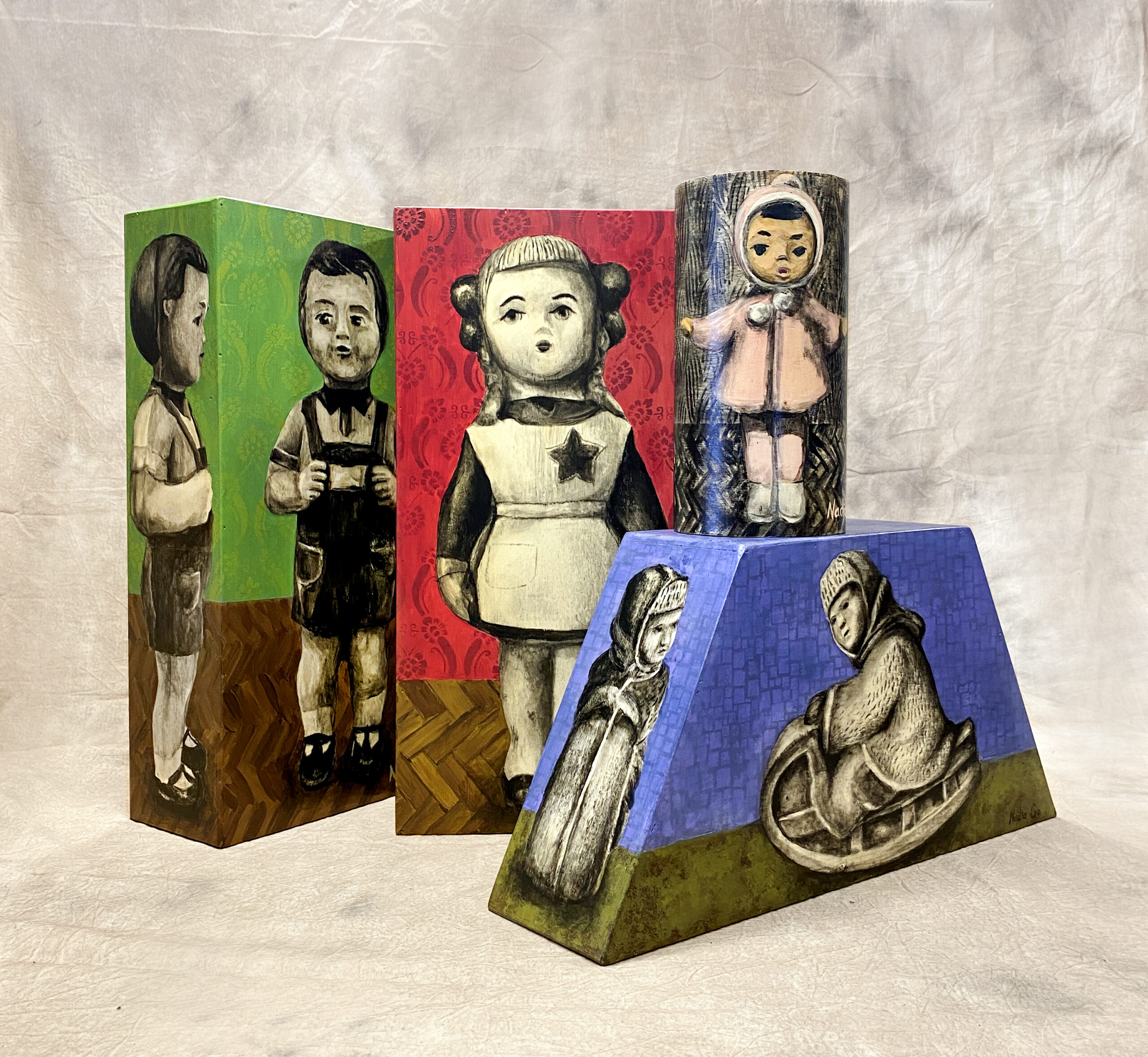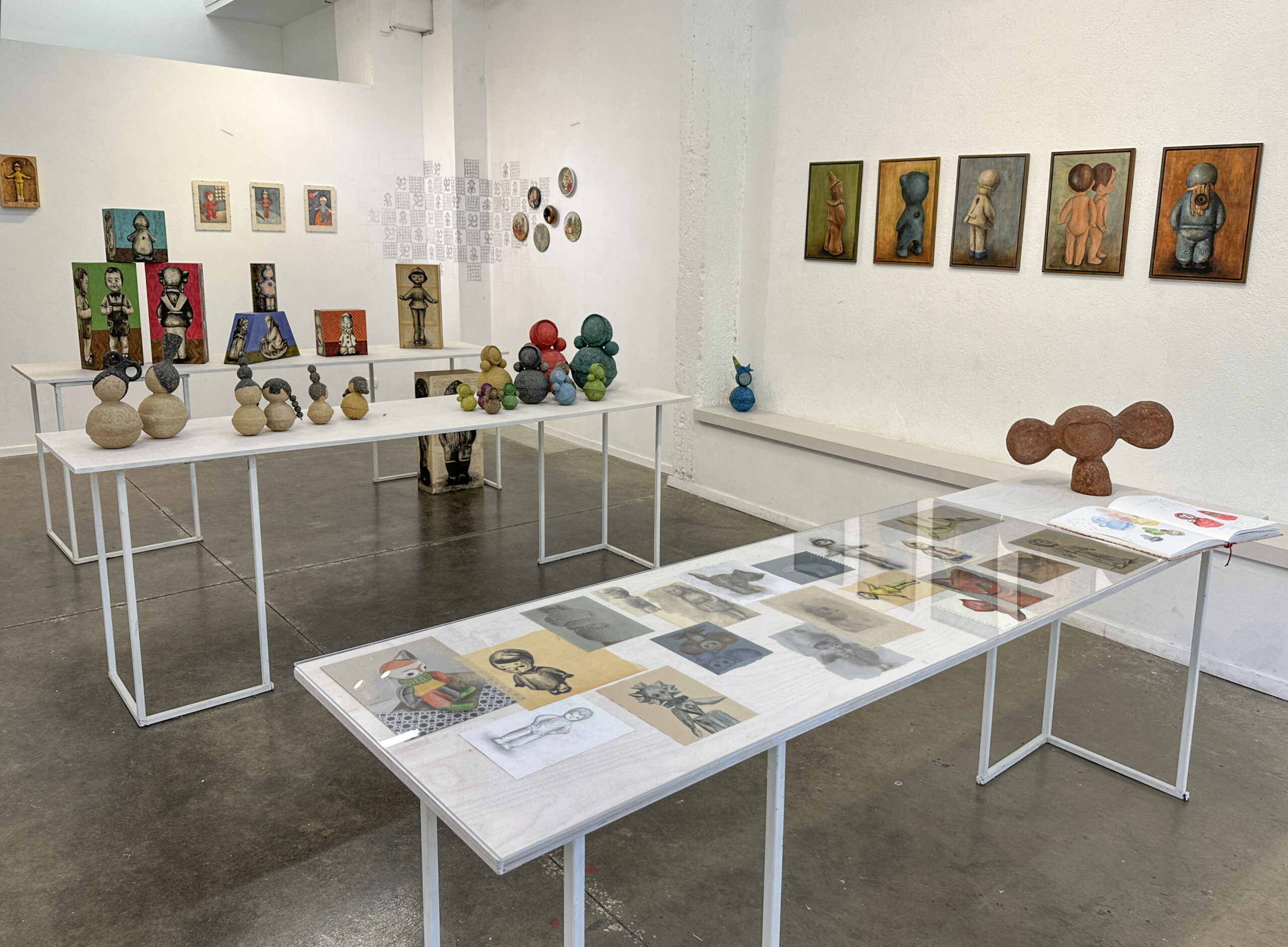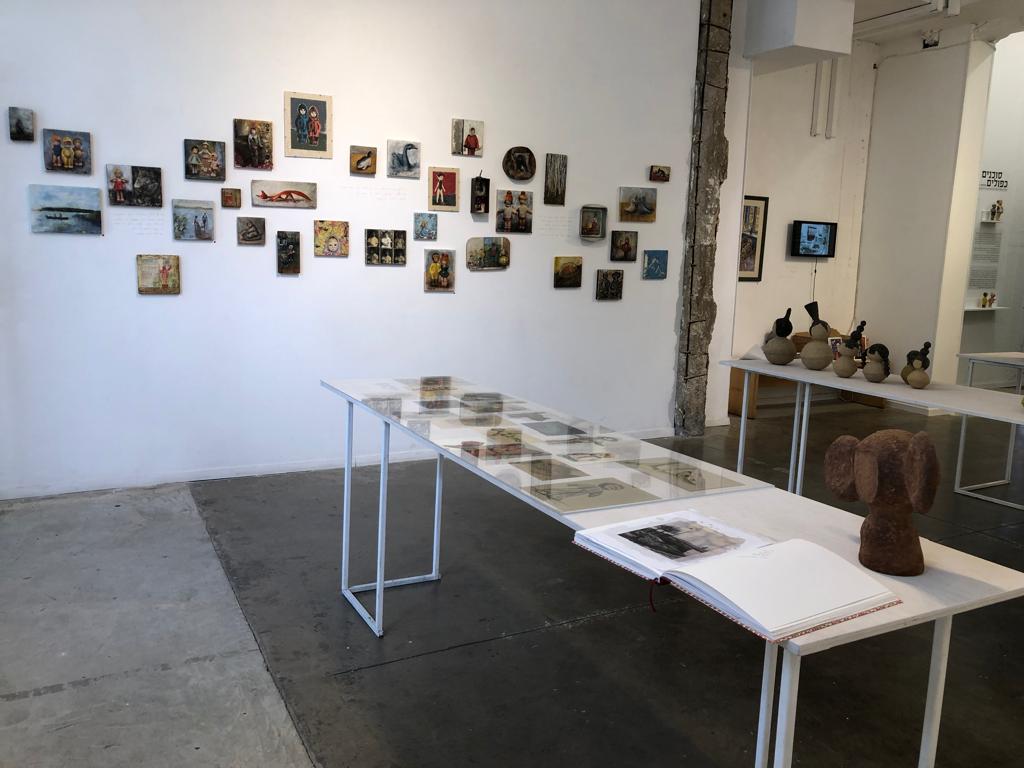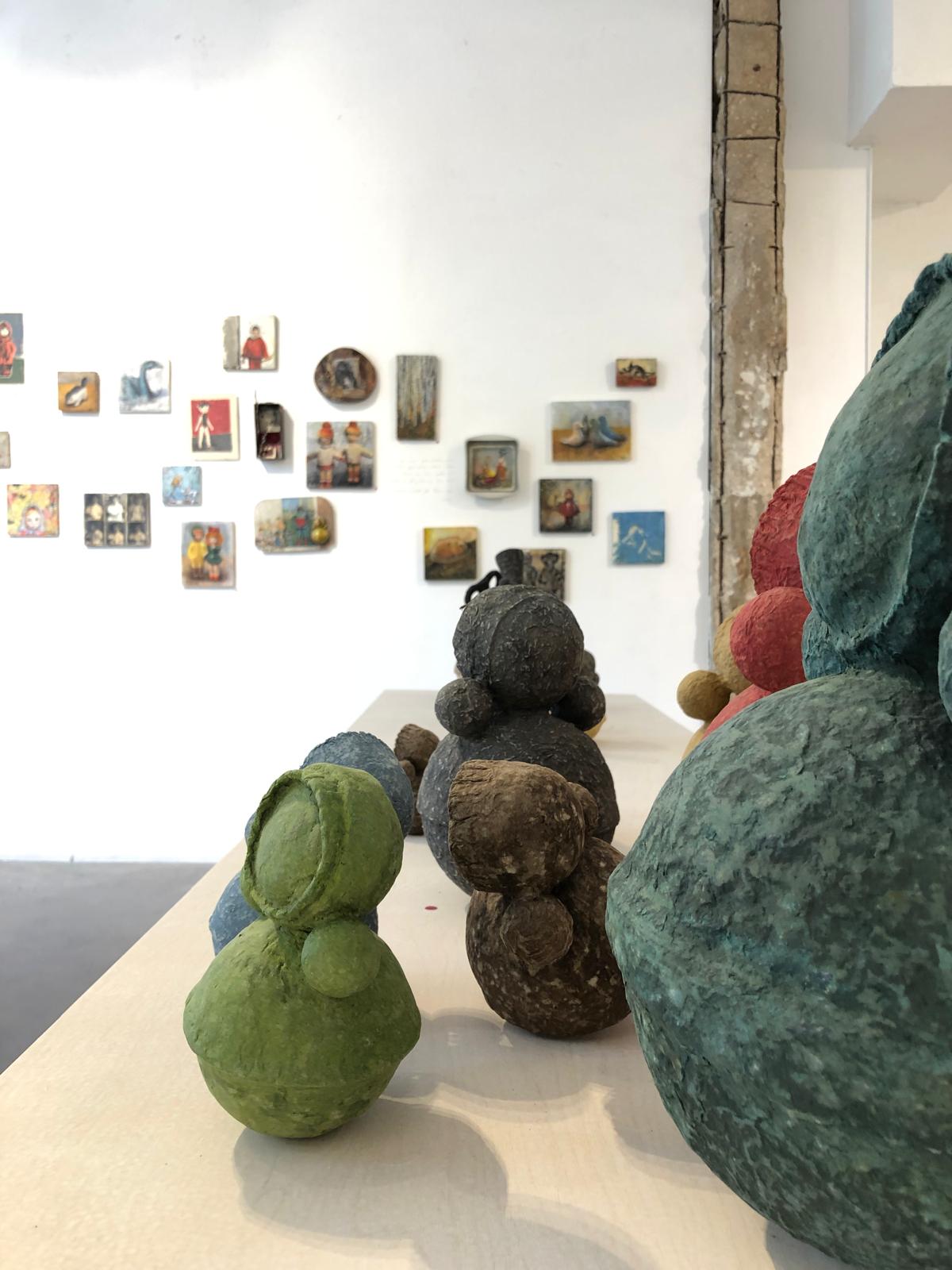Nadia Gorenstein
Memory of Toys
CuratorHagit Peleg Rotem
Memory of Toys / Nadia Gorenstein
*A moment before she forgets
Walking down memory lane to the years of her early childhood, in St. Petersburg of the seventies, Nadia Gorenstein was surprised to discover the roots of the aesthetic language, visual culture and passion for collecting, which made her the artist she is today. Her personal time tunnel led her gaze from Israel back to the Soviet Union, from where she immigrated with her parents in 1978 – an eight-year-old girl, who did everything she could to assimilate, to become Israeli, to push the past, with its customs and signs, deep under layers of protection. Thus, a clear dividing line was created, delimiting the early childhood memories of Soviet Russia and making room for a new childhood and adolescence in Jerusalem.
The body of work in the exhibition, which echoes the world of childhood, was inspired by Nadia’s collection of Soviet toys, and set in motion a chain reaction of discoveries, of hidden treasures, from that forgotten childhood. With the awakening memory, the works developed in surprising, personal and emotional directions.
The works in the exhibition present an attraction-repulsion relationship with the original – in a series of paintings on wood, prints, sculpture in papier-mâché and processed collages, which were made following childhood photographs unexpectedly found in her mother’s house. While the mother, in a parallel and heart-wrenching process, is gradually losing her memory, Nadia clings to the parts of the picture she remembers and holds them close to her heart.
Double Agents: Research in the toy collection / Shlomi Eiger
Toys are objects with a unique status as representatives of culture, material and time. Shlomi Eiger, a designer and researcher of children’s culture, delved into the toy industry of the former Soviet Union, and collected evidence of the role of toys not only as cultural agents, but as “double agents”, subversive, miniature symbols of freedom of expression. They were produced in authorized factories, with a design that received government approval. But because they were aimed for children, their designers enjoyed relative freedom, which spilled over into the character of the toys.
Hagit Peleg Rotem, March 2023
